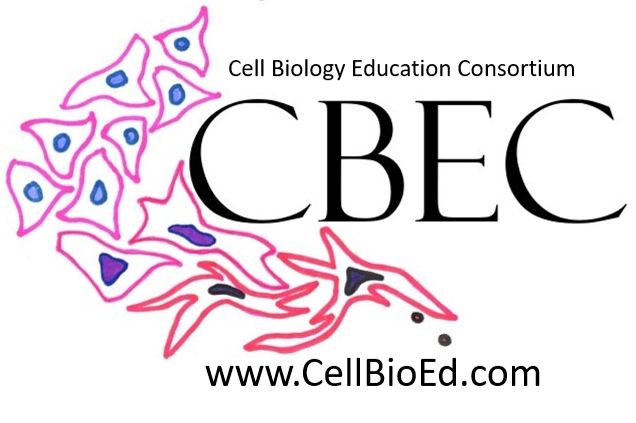Write Your Manuscript
Suggested Writing Process

Data Methods Description Title Manuscript
Step 1: The Data
- Determine what data will be presented in the figure. microPublications are limited to one figure, but it can have multiple panels.
- Your story is based on your figure, so start here. If the figure has multiple panels, they should be in the order that the experiments were conducted or tell a story that leads the reader from one finding to the next in a logical order.
- Experiments should include at least 3 biological replicates including appropriate controls and statistical analysis where appropriate.
- Any statistical analysis performed must be indicated, including multiple comparison corrections.
- Use standardized nomenclature for reporting statistical analyses.
Image formatting:
- Acceptable figure formats: .jpg and .png with a minimum 500 DPI
- Image should have a 4:3 aspect ratio
- Solid lines are not broken up
- Image areas are not pixelated
- Text is legible and high quality
- Figure text needs to be readable at 100% magnification of PDF view
- Extended Data
- Supplemental data is discouraged
- Extended data files are allowed to support experimental results presented
- Acceptable Extended Data: software, movies, mass spectrometry for proteomics analysis, GFF, FASTA, VCF files
Step 2: Methods and Reagents
- List all methods with sufficient information for another group to repeat the experimental analysis.
- Subheadings to indicate different methods can be used.
Reagents:
- If relevant, under a separate heading of “Reagents”, include all pertinent reagents used and generated in your study such as strains, animals, antibodies, and molecular tools (e.g. transgenes, plasmids). These biological agents should be listed in a table. For each reagent include enough information for unambiguous identification, for example:
- For strains and plasmids, minimally provide the name, full genotype, and source where it is available.
- Provide the full genotypes for any transgene or engineered allele within the strain genotype or in a separate column.
- For antibodies, include the animal of origin and clonality, as well as a more specific description (for instance, which part of the protein is being targeted).
Step 3: Description
- Provide background information and the question to be addressed.
- Describe the experimental approach, the results obtained, and the conclusions drawn, including caveats and weaknesses where relevant.
- Essentially, this is a combined Introduction, Results, and Discussion section.
Step 4: Title and Abstract
- Title should reflect experimental results and include species-specific formatting when necessary.
- Always write the abstract last since it is a brief summary of the entire article. It should not exceed 100 words.
Step 5: Manuscript Preparation
- Determine the category/categories that describe your manuscript:
- New findings
- Software
- Data updates
- Findings previously not shown
- Commodity validation
- Methods & reagents
- Replication – successful
- Replication – unsuccessful
- Negative results
Beginning of manuscript:
- Name: add names in order of authorship, and appoint a Submitting Author (main contact during submission process) and Corresponding Author (main contact for the article after publication). Authors should be limited to those persons who performed the experiment, any analysis, or write-up.
- Affiliation: institute name, city, state/region and country for all authors.
- ORCID: include ORCID IDs for all authors.
End of manuscript:
- References can be entered one at a time or uploaded in bulk from a file. Supported file formats: NBIB or RIS
- Use APA citation style (author’s last name, Year of publication) for in-text citations
- List your references alphabetically in the Bibliography
- Funding: Provide funding institute and grant # where available.
- Suggested reviewer(s)
- CRediT: Submitting authors are required to assign authorship contributions using the Contributor Roles Taxonomy

